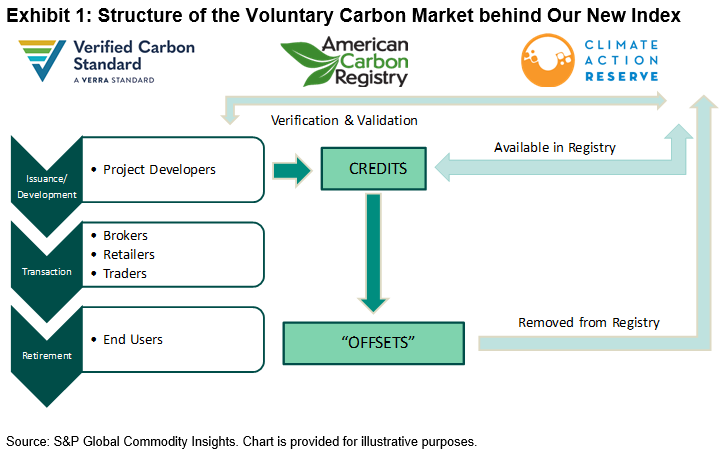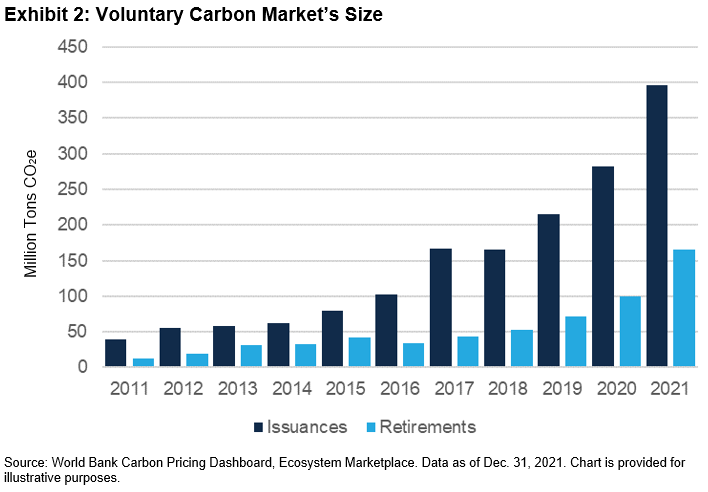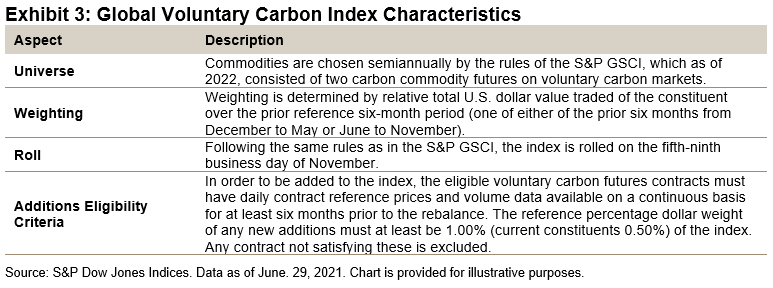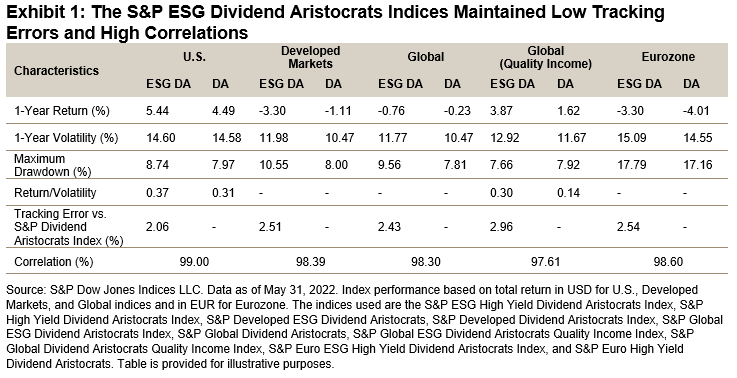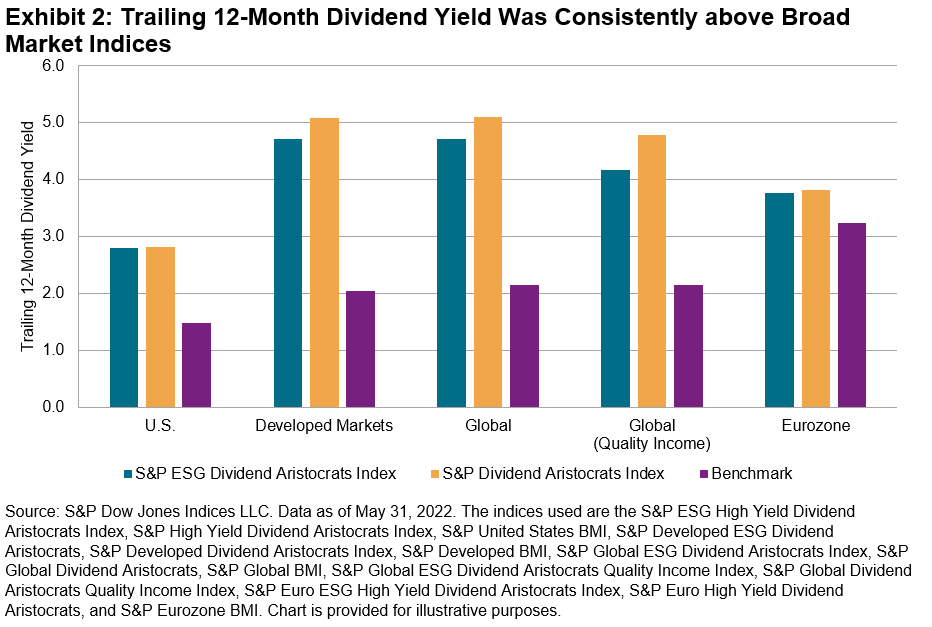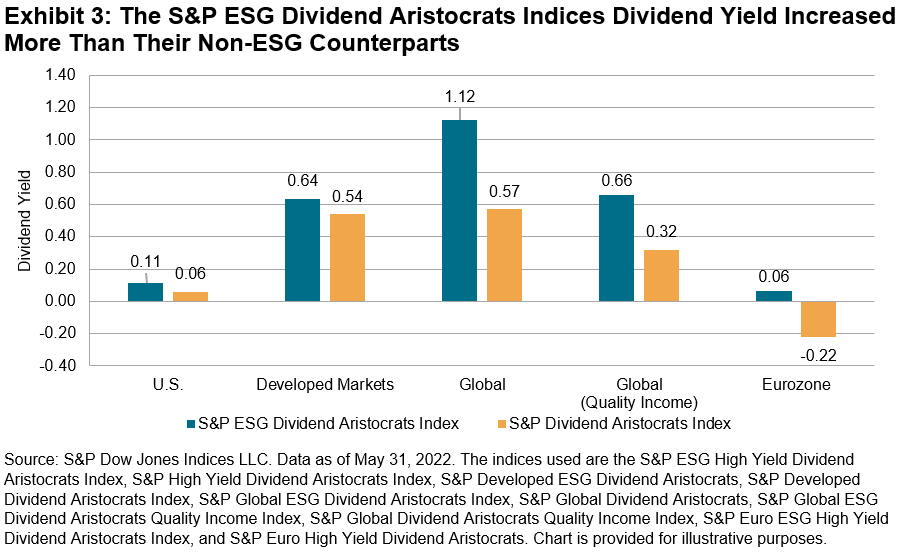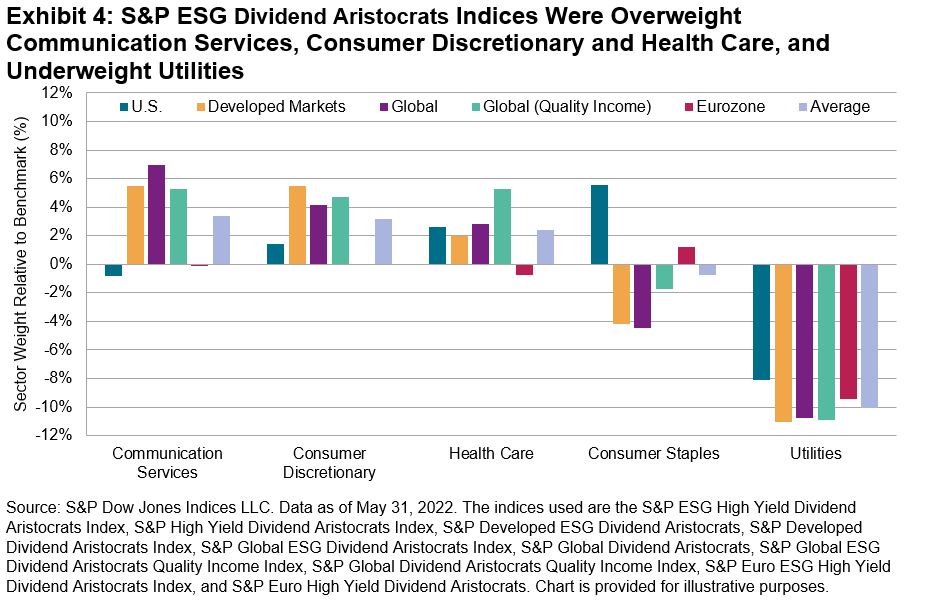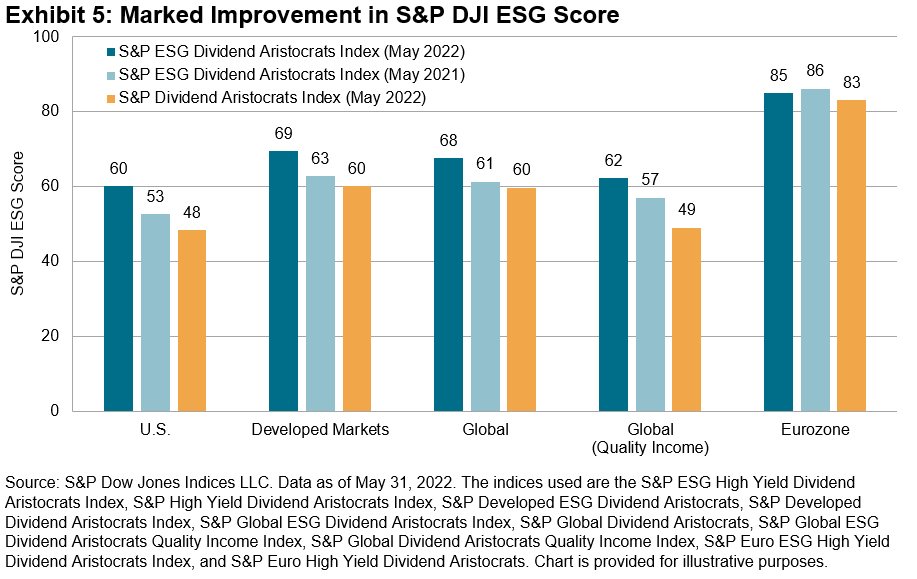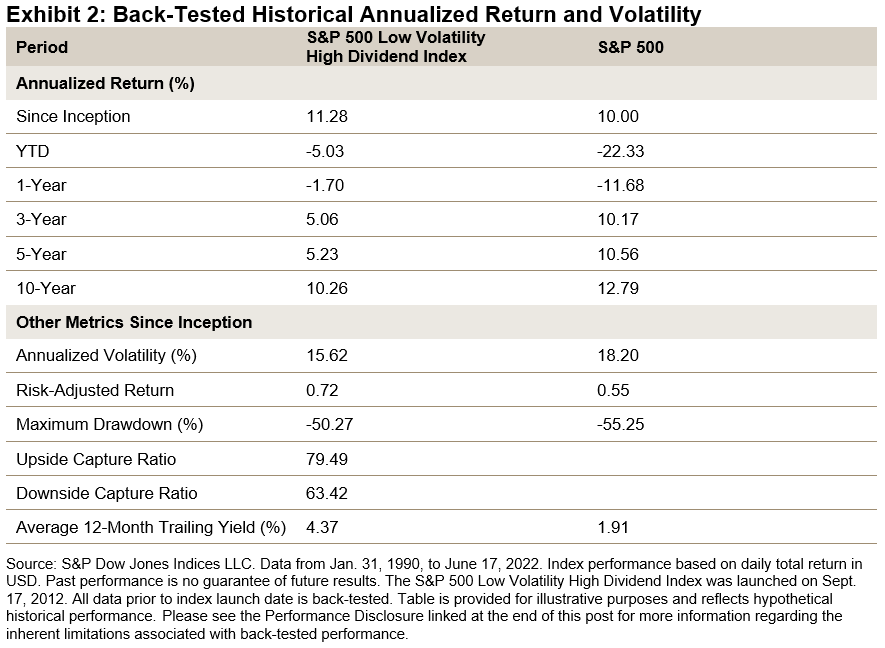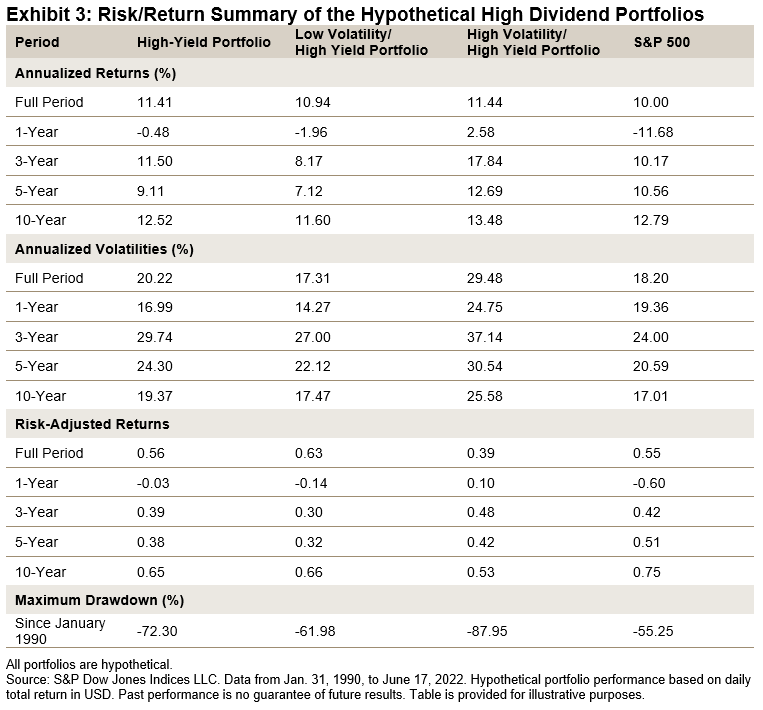The prospect of higher interest rates, fears of a prolonged global economic slowdown and a strong U.S. dollar put the brakes on commodities prices in June. The S&P GSCI, the broad commodities benchmark, ended the month down 7.6%, taking YTD performance to 35.8%, still the best first half performance since 2008.
The deteriorating economic outlook trumped fears regarding the impact of sanctions on Russian oil supplies in June. The S&P GSCI Petroleum fell 4.6% over the month. However, the biggest correction in energy prices in June came in the form of a 33.3% decline in S&P GSCI Natural Gas. The fall in U.S. natural gas prices in June belied what remains a tight global gas market. Russia continued to severely limit gas supplies to Europe and various governments across Europe are intervening in the market by way of direct payments to households, financial support to failing utilities and orders to replenish storage ahead of winter.
One bright spot in the commodities markets in June was EU carbon emissions, with the S&P GSCI Carbon Emission Allowances (EUA) rallying 7.3%. Strength in the so-called clean dark spread, a measure of the profitability of coal-fired electricity generation incorporating the cost of offsetting production with carbon credits, has seen more coal being used in the power generation mix and hence more EUAs purchased for compliance. From a regulatory standpoint, there has been significant debate regarding possible reforms to carbon price control mechanisms in Europe, which may affect price discovery over the medium term.
Industrial metals had the worst first half of the year since the Global Financial Crisis. The S&P GSCI Industrial Metals fell 13.8% over the month and was down 12.1% YTD. Prices have plummeted, as worries about a slowdown in industrial activity across major economies have dovetailed, with slumping demand in China. Copper, the great economic bellwether, fell 12.4% over the month and ended the first half of the year down 14.7%.
Against a backdrop of aggressive central bank policy action and a strong U.S. dollar, gold has been unable to turn a trick so far in 2022, while silver has been battered by fears of weakening industrial demand. After some strength earlier in the year, the S&P GSCI Precious Metals ended the first half of the year down 2.7%.
By the end of June, S&P GSCI Agriculture had fallen 18.0%, since making a multi-year high on May 17, 2022. Most of the decline was attributed to wheat and cotton. Wheat prices have been pressured by the expanding harvest of winter wheat in the Northern Hemisphere and the prospect of getting grain shipped out of the Black Sea region improving. Like other demand-sensitive commodities, the risk of a looming recession weighed heavily on the cotton market.
A recovery in feeder cattle prices, buoyed by the correction in feed prices, helped the S&P GSCI Livestock eke out a modest gain in June.
The posts on this blog are opinions, not advice. Please read our Disclaimers.













